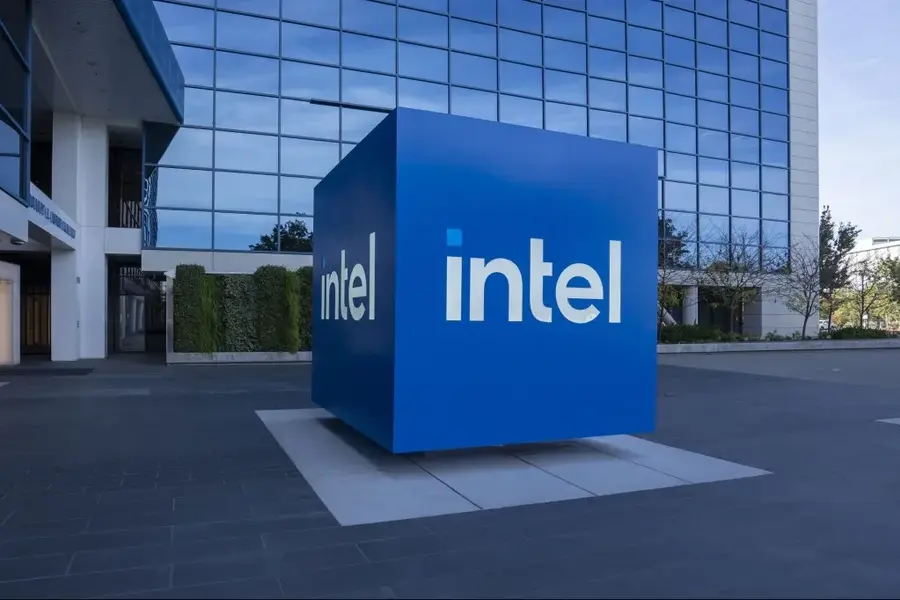Intel has announced its decision to spin off its corporate venture arm, Intel Capital, into a separate and independent fund. The move revealed on Tuesday, is designed to give Intel Capital more freedom and flexibility to attract outside investors. Intel will act as the main “anchor investor” for the new fund, which is set to start operating independently in the second half of 2025 under a new name.
The existing Intel Capital team will move to the new fund, ensuring the business continues without disruption during the transition. Intel’s co-CEO and CFO, David Zinsner, described the spin-off as a strategic step. “This is a win-win for both sides. It lets Intel Capital access more funding to grow while allowing Intel to stay focused on its core business,” he said.
Intel Capital has been an important part of Intel’s business since it was created in 1991. Initially, the venture arm was set up to invest in companies that supported Intel’s ecosystem. Over the years, it has invested more than $20 billion in over 1,800 companies worldwide, focusing on technologies like 5G, cloud computing, and semiconductors. It currently manages more than $5 billion in assets.
This decision comes at a challenging time for Intel. The company recently posted a $16.6 billion quarterly loss—the largest in its history—and 2024 was its worst year since going public in 1971. To recover, Intel has been cutting costs with a $10 billion savings plan, which includes layoffs, spinning off its chip manufacturing unit, and exploring the sale of businesses like Mobileye, its driverless car division. The company has also faced leadership changes, with Pat Gelsinger stepping down as CEO and David Zinsner and Michelle Johnston Holthaus stepping in as interim co-CEOs.
Spinning off Intel Capital fits into Intel’s strategy to focus more on its core semiconductor business while simplifying operations. This change will allow Intel Capital to act independently, bringing in new investors and exploring more growth opportunities. At the same time, Intel and the venture arm plan to maintain a close relationship to continue working toward shared goals.
Intel Capital has already made significant contributions to the tech world, especially in artificial intelligence (AI). Some of its most notable investments include AI chip developer SambaNova, Israeli startup AI21 Labs, and robotics company Figure. By becoming an independent fund, Intel Capital can expand its reach and support more innovative startups.
Intel’s decision to spin off Intel Capital is also a response to competition from rivals like Nvidia and AMD, which have venture funds. Nvidia, for example, invested $1 billion in AI companies last year. With its new independence, Intel Capital aims to compete more effectively in this space while continuing to drive innovation.
This move signals a fresh start for Intel Capital, giving it the tools to grow and succeed on its own. For Intel, the spin-off is part of a larger effort to streamline its operations and recover from recent challenges. Together, these changes set the stage for both Intel and Intel Capital to adapt to the rapidly evolving tech landscape.







